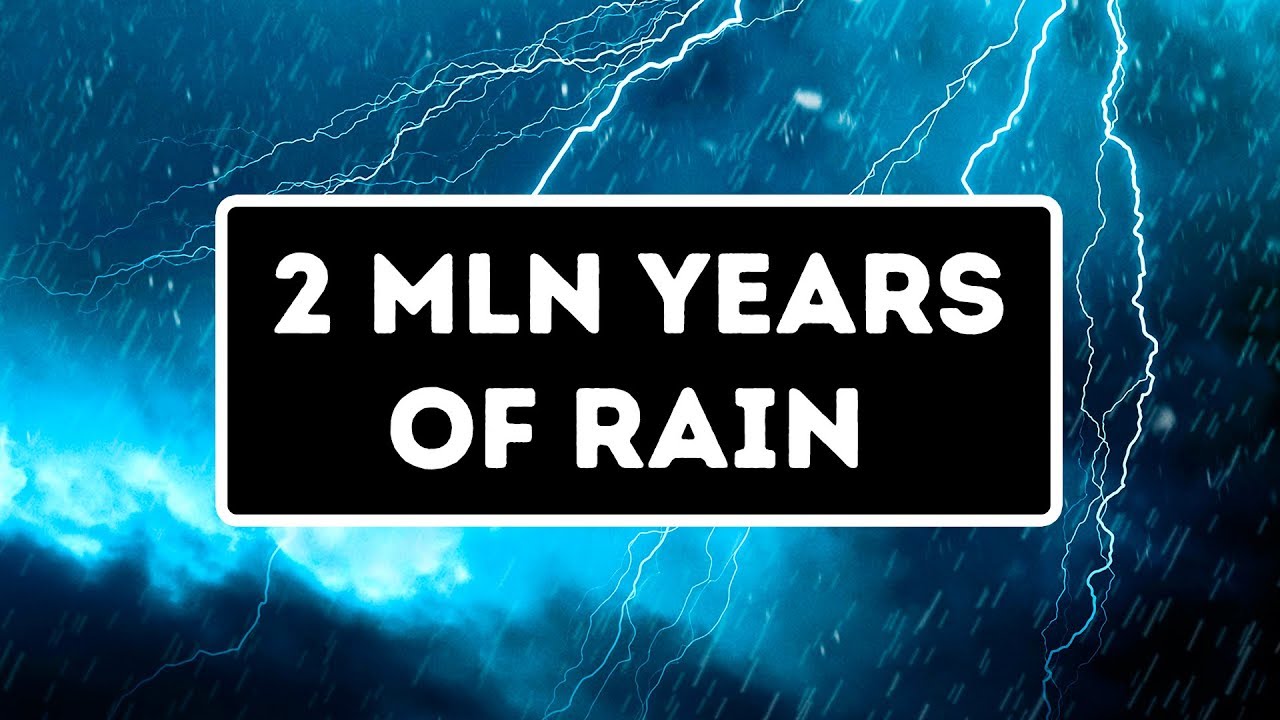
Once Rain Didn’t Stop for 2 Million Years
What if it never stopped raining? Are you sick and tired of rains that haven’t stopped for weeks on end? Then consider yourself lucky that you didn’t live in the Triassic Period, around 234 million years ago. That was the beginning of a really long rainy season…
At the beginning of the Triassic period, the planet was sweltering, with the oceans hotter than your bathtub and the air full of carbon dioxide from constant volcanic eruptions. And the supercontinent Pangea was mostly a vast stretch of flat and dry land. However, this couldn’t last forever. And approximately 234 million years ago, long-awaited rain fell. And everything would have been perfect if these rain hadn’t continued for 2 million years!
Other videos you might like:
What If Dinosaurs Were Still Alive Today? https://www.youtube.com/watch?v=OeFnH4xux7w
Scientists Finally Show Who The Yeti Is https://www.youtube.com/watch?v=eCKggQk_DY4&
A New Continent Is Discovered on Earth In the Pacific Ocean https://www.youtube.com/watch?v=bMncyN_C-pQ&
TIMESTAMPS:
The deadliest mass extinction 0:42
What caused many creatures to die out 1:12
How did scientists learn about these events? 2:51
What could cause such extreme weather conditions 3:25
The transformation of the animal and plant world 4:52
How did dinosaurs get so big? 5:17
How the plant life of Earth changed after the rainfall 8:05
#dinosaurs #earthhistory #archeology
Music by Epidemic Sound https://www.epidemicsound.com/
SUMMARY:
– Around 252 million years ago, 70% of terrestrial vertebrates, as well as 90% of marine creatures, were wiped off the surface of the planet. Animal and plant life on Earth couldn’t fully recover from this catastrophe for the next 10 million years.
– Sulfur emissions from burning coal made the oceans acidic, and this killed most marine species. Acid rains destroyed forests. Bacteria that lived on dead bodies started to produce hydrogen sulfide, toxic gas which finished off the remaining species.
– Surprisingly, scientists managed to discover evidence of humid climate in entirely different places on the planet. This could only mean one thing: 234 million years ago, it was raining all over the world.
– Approximately one or two million years before the “wet season” started, there were several massive volcanic eruptions on the territory of modern-day British Columbia and Alaska. These eruptions lasted for a whopping 5 million years!
– After the volcanic activity continued for about one million years, Earth’s atmosphere became so humid and warm that rain eventually managed to reach even the central parts of the supercontinent. The season of rains started.
– There are many misconceptions about dinosaurs. First of all, forget about the image of a huge predator towering over trees. A significant number of dinosaurs were not bigger than a good old turkey!
– Due to climate change, plant life on Earth changed dramatically. It thrived in the new tropical humid climate. Tall trees and lush greenery started to grow in abundance. And dinosaurs began to increase in size.
– After revitalizing the planet, the monsoon season finally came to an end. The volcanic eruptions were slowing down at that time, and this also played a significant role in the stabilization of climate.
– After the two-million-year-long rainfall, the plant life of Earth changed dramatically. There appeared many types of conifers which then spread all over the place.
Subscribe to Bright Side : https://goo.gl/rQTJZz
—————————————————————————————-
Our Social Media:
Facebook: https://www.facebook.com/brightside/
Instagram: https://www.instagram.com/brightgram/
5-Minute Crafts Youtube: https://www.goo.gl/8JVmuC
Photos: https://www.depositphotos.com
East News
—————————————————————————————-
For more videos and articles visit:
http://www.brightside.me/